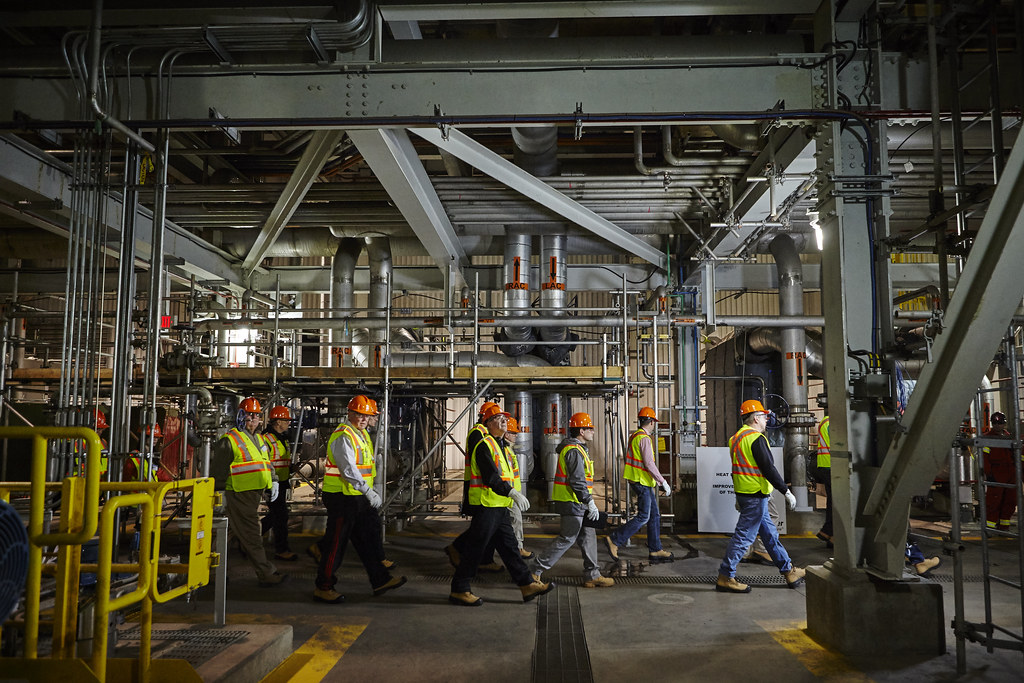ExxonMobil’s Shute Creek CCUS facility was commissioned in 1986 with the principal economic driver to sell captured CO2 from its gas processing plant to oil companies for the purpose of pumping it into depleted wells to recover more oil – or enhanced oil recovery (EOR). The oil recovered is then refined and burnt, producing CO2.
Over its 35-year history, Shute Creek has captured around 40% of all anthropogenic (human-induced) CO2captured in history – approximately 120 million tonnes – which is around 34% less than its specified capture capacity.
The CO2 is transported via Exxon, ChevronTexaco and Anadarko pipelines to several oilfields in the state for use in enhanced oil recovery operations. ChevronTexaco’s Rangely Weber oilfield is utilising captured CO2 at a rate of 1Mtpa, with Anadarko’s Salt Creek oilfield storing around 2.4Mtpa. A 400-kilometre pipeline connecting Shute Creek gas plant to the Salt Creek oilfield was completed in 2006.
ExxonMobil expanded the capacity of the capture plant using Controlled Freeze Zone capture technology in 2010, at a cost of $86 million. The installation of compressors led to a 50% higher capture rate.
According to zeroco2.no; climateandcapitalmedia.com. Source of photos; internet








![[HONORARY PROFESSOR OF RECORD FOR PRACTICE AND EMPIRICAL RESULTS – 2024] RECORD HOLDER CHU BAO QUE (BAC GIANG PROVINCE, VIETNAM)](https://uskings.us/wp-content/uploads/2024/05/IMG_0386-218x150.jpg)